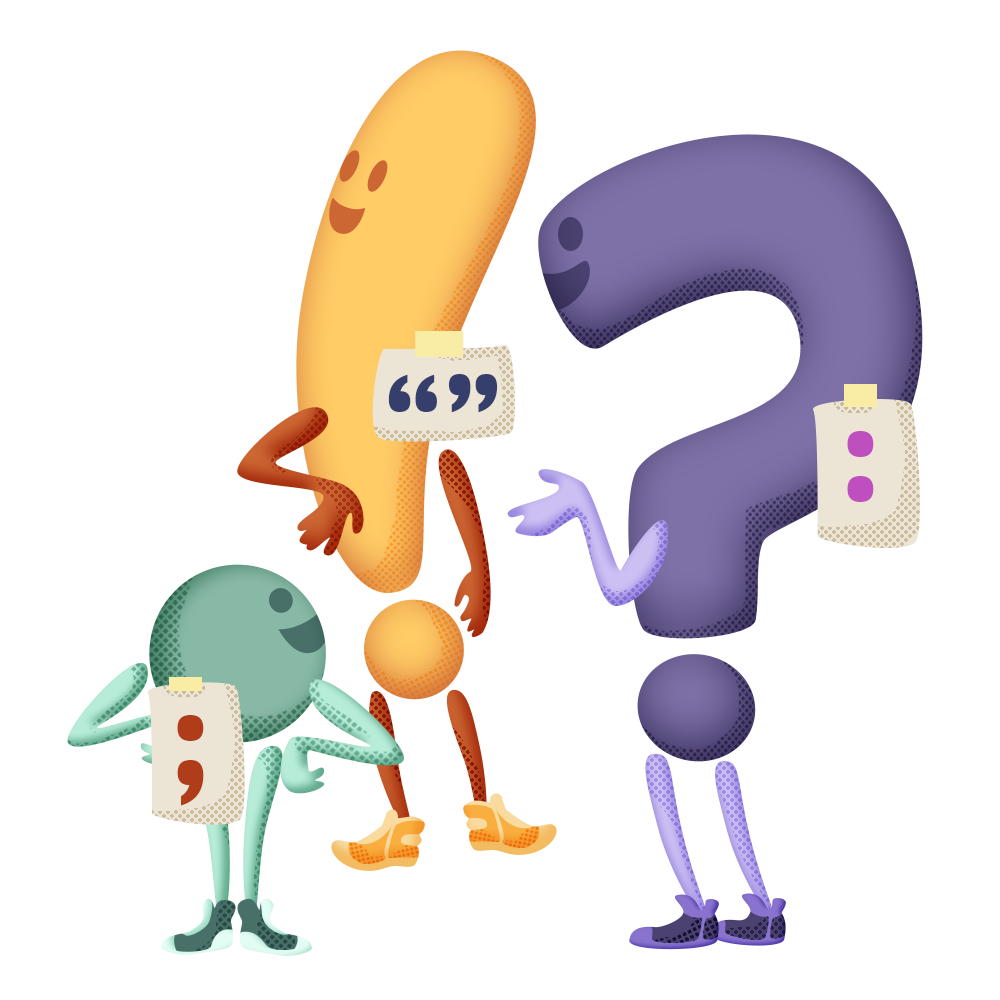
This strategy can be used to help students ask questions, review key vocabulary, and practice subject specific skills, specifically grammar. Read more »

Students practice creating and delivering concise presentations. Each student creates one slide and has exactly 30 seconds to present on either a content topic or a topic they are passionate about. Read more »

This collaborative strategy can be used to introduce new material or to review texts that students have read. 30-Second Expert helps students summarize and synthesize information in a brief, reciprocal activity. Read more »

This writing activity enables students to summarize their understanding of material, to evaluate understanding for gaps in knowledge, and to communicate this to their teacher. Read more »

In this summarization strategy, students focus on the main ideas of a text through collaboration. Read more »

The 5W Cube is a portable strategy to target open-ended questions (beginning with who, what, when, where, why, and how) as a means of exploring content and conversational speech. The 5W Cube helps students formulate questions and foster meaningful connections with content. This strategy can be used... Read more »

This collaborative strategy can be used to help a whole class or large groups come to a consensus of agreed upon ideas. 8-Up makes it possible for all students' ideas to be considered. Read more »

This group brainstorming strategy is designed to promote thinking about a specific topic, concept, or text. Students recall prior knowledge and make connections to new learning via other resources. Read more »

This strategy promotes critical thinking for reflection purposes via news segments. Academic Action News allows students to format a presentation and share how the presented material is applicable for the individual student, the class, and other classes. Read more »

This strategy promotes critical thinking when analyzing information sources for research purposes. A-CLAP gives students a framework for evaluating the credibility of a website, article, book, or other source. Read more »

A mnemonic device used for reviewing, revising, and refining student writing. Read more »

This strategy engages students in organizing ideas into themes to summarize content or find points of agreement. Students respond to a prompt and work in groups to organize the responses into themes. Read more »